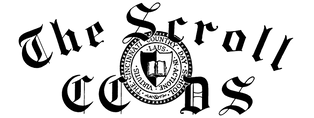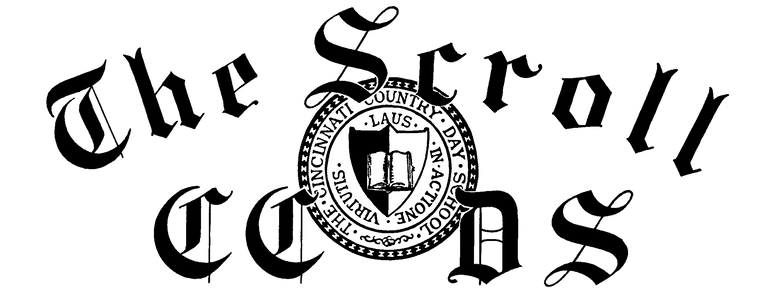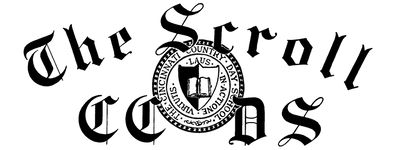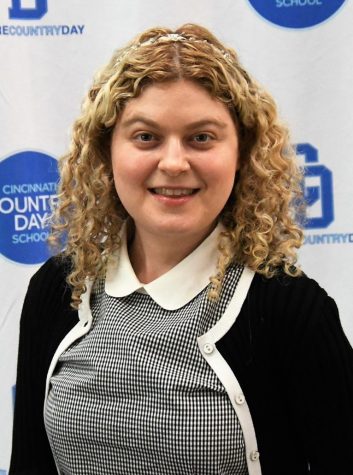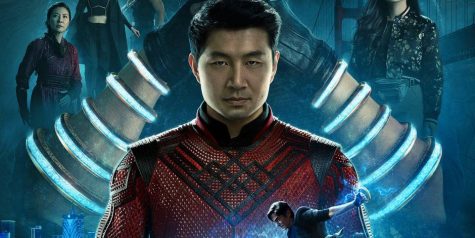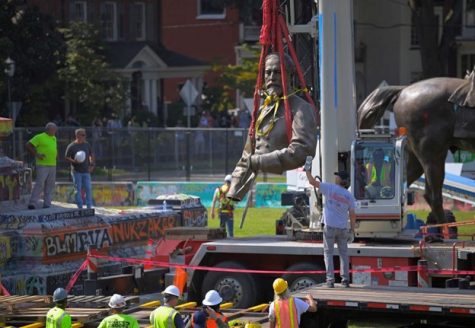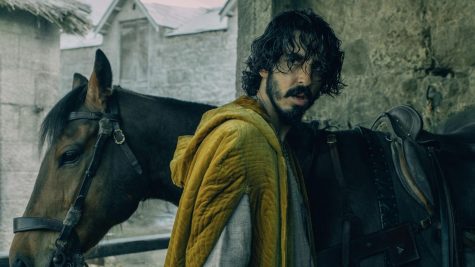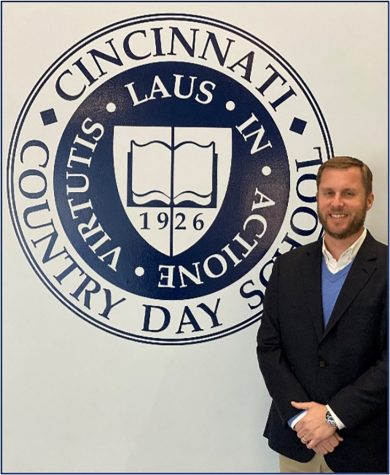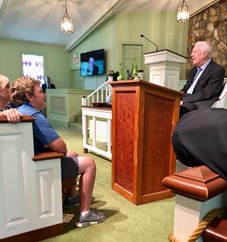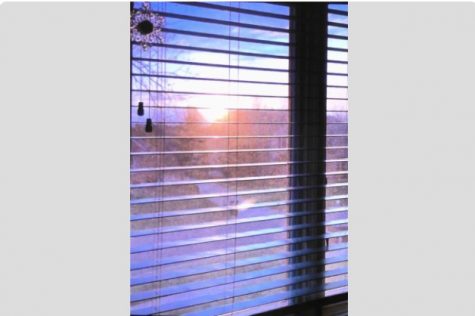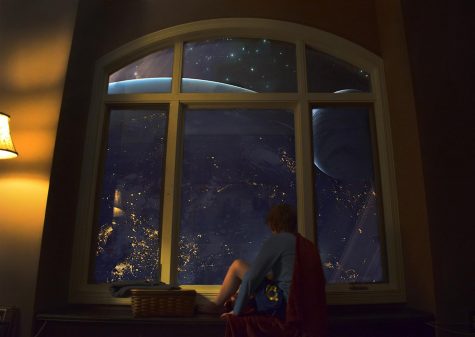CCD Simulection 2020
The 2020 election has been on our minds for a long time.
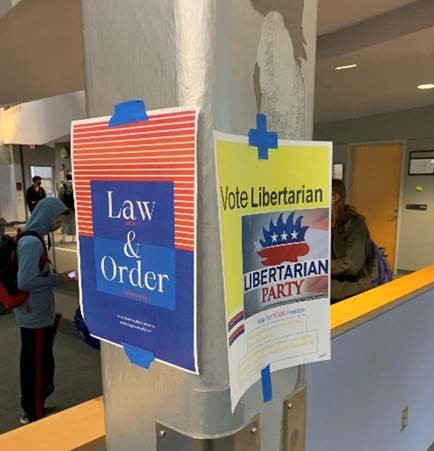
November 17, 2020
The 2020 election has been on our minds for a long time. We could see it in the news on TV, in the newspaper, and on social media. As a way to connect students to the 2020 election, Mr. Fossett decided to organize a mock election with his Honors American Government class.
The students divided into 4 different parties: Republicans, Democrats, Libertarians, and Green Party. Their goal was to the involve the school community in the election by inspiring students to vote for them and their programs. Every group got really involved in the role; hanging political posters all over the school to remind students of the main ideas of each party and encouraging students to cast votes and help them win. For a few weeks they decorated our school corridors. However, that was not the end of their work. During co-curricular time, every advisory watch recorded election events, including interviews with students on contentious political topics, such as access to free healthcare in United States. A few days before voting, we were able to watch a recorded debate between the different candidates. Each candidate had a defined time to answer the question asked by the debate moderator, Mr. Fossett. Despite the conflicting views of the different parties, the debate was very polite and calm, without quarrels or unnecessary insults.
The final voting process took place on Tuesday, November 3rd. Mrs. DiTullio sent an email to the Upper School with the voting form that was active from 8:30 A.M. to 1:00 P.M. Everyone had an opportunity to anonymously support the party of their choice.
The results Mr. Fossett sent us on the same day on the evening. In a short video he announced that 77% of our community decided to vote. The Democrats won with 51.7% support among voters. The Republicans were right behind them with 21.3% of votes. Libertarians got almost 18%. The last, but not least was the party of Greens with getting almost 10% of votes.
This experience allowed Upper School students and the community as a whole to get closer to the election. We were able to go deeper into the goals of individual parties and see the path that a given group took to win. Thanks to the mock election, in the future most of us will be able to better understand the political mechanisms.
